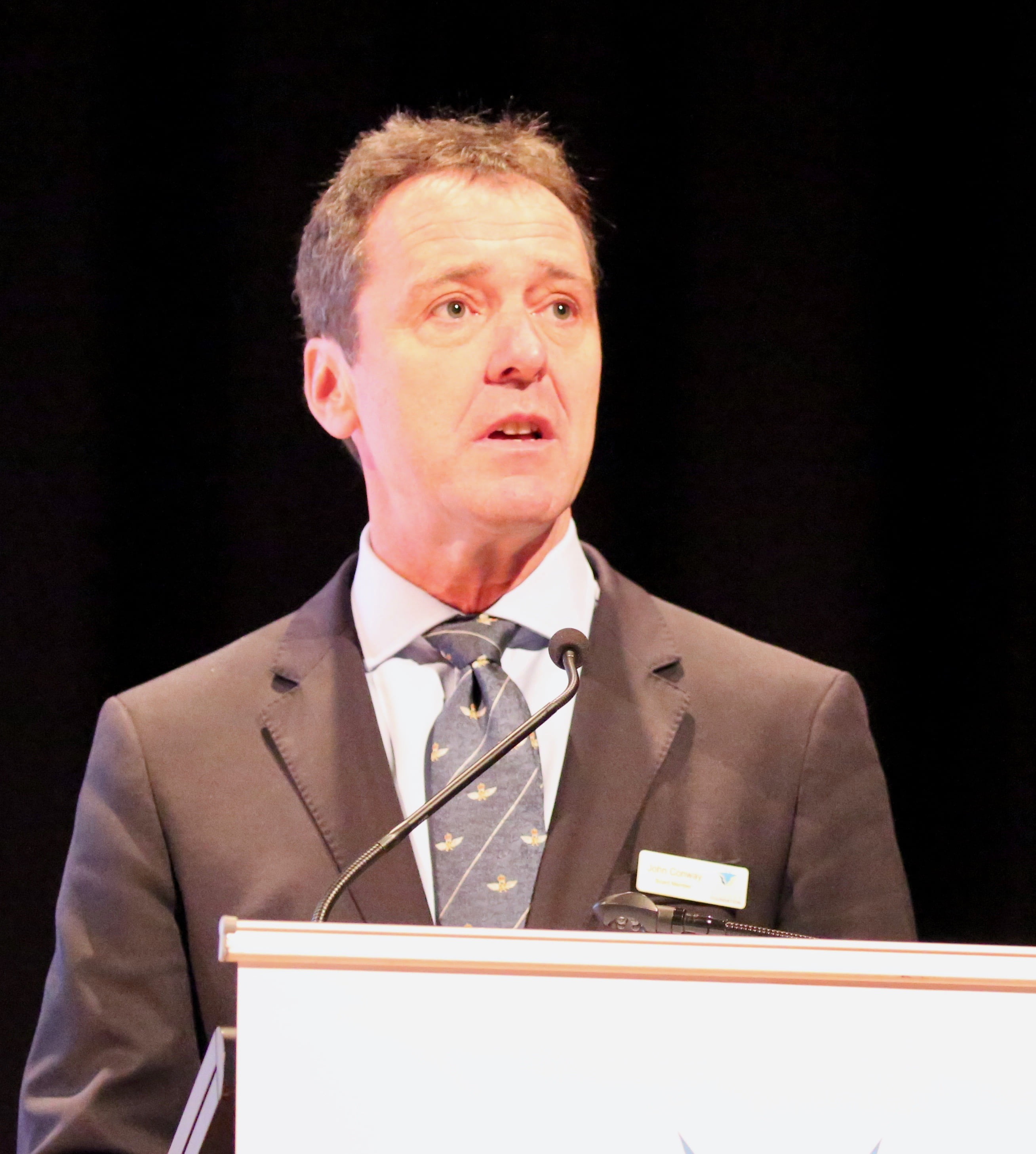During my current visit to Australia, I had a chance to discuss challenges facing Australia as the country re-focused on the direct defence of Australia.
And such a shift clearly raises questions of shaping forces to defend the perimeter of defence for Australia as well re-shaping the force for this core mission.
I had a chance to discuss these challenges with my colleague John Conway, Managing Director of Felix Defence and a Research Fellow at the Williams Foundation. As the ADF moves forward, Conway has underscored the “triangle of tradeoffs” for development of the force, namely, lethality, survivability, and affordability. It is not about investing in balanced force development for its own sake; rather investments need to be directed to those elements of the ADF which can deliver lethality and survivability at the most affordable cost.
For a distributed but forward operating force this requires sustainability and an increased focus on mission rehearsal.
We focused the discussion on the challenges of enhanced investment in survivability pressuring investments in the lethality of the force, and the overall challenge of affordability due to the general global economic situation affecting the liberal democracies.
This is how Conway put it: “I think we’re seeing now an increasing number of unknowns, particularly regarding the business and economics of defence, not just in Australia, but globally, where the impact of a potentially deep-seated recession across all of the Western nations is underway.
“A number of risks – supply chain shortfalls, exchange rate fluctuations, fuel costs and others –translate into higher costs, in particular for sustainment. And while the general metrics for measuring defence budgets is a percentage of GDP, and with GDP shrinking, then obviously a % of GDP yields less money for defence.
“There’s a clear limit to that overall bucket of money available. And if through the global economic situation, we have to spend proportionately much more of our money on sustainment and training, and in the re-posturing of our force such as with regard to basing and mobility, it leaves less money available to acquire new technology and the new platforms which are necessary to give us a lethality edge.
“What we are going to see across all Western defence forces for the foreseeable future is increasing costs through sustainment and force development. This means that less money will be available to buy the new technology and the platforms that the Services require in an environment where the threat is dictating a change in our force structure.
“With the money getting tighter and at the same time the threat becoming more demanding, it will be much harder for the ADF to do the things that government might want us to do. One obvious area of investment over and above new platforms is therefore training or more specifically mission rehearsal.
“Increasing capability by investing in training systems through existing sustainment contracts would be a great quick way of improving both survivability and lethality.”

Conway also argued for the importance for the business sector, and not just those labelled defence companies, to work new relationships with government to be able to deliver the right capabilities for an affordable cost and part of an overall national effort for enhanced national resilience in the region especially for force posture initiatives.
This is how he put it: “We need to find innovative ways of bringing money into defence and ways to bring a wider range of industry into the broader social and national defence enterprise so that we can continue to invest in new technology as well as the sustainment systems.
“The pandemic plus the knock-on consequences of Ukraine are driving significant pressures in in how we do defence and fund defence. The way the trends are going at the moment with affordability and survivability, they are not acting in our favor. They’re working against us”
Conway underscored that notably in the basing, sustainment and stockpiling of capabilities areas, there was a clear need to rethink the template of how defence forces are supported and funded.
At the September 28, 2022 Williams Foundation Dr. Alan Dupont talked about the potential of Public-Private Partnerships as an alternative means of funding defence.
This is an approach which Conway underscored as an important one going forward.
H underscored: “How do we incentivize defence industry to come up with smart answers especially regarding force posture changes? Because they’ve historically been excellent at responding to market conditions to innovate and to make things happen.
“There’s a responsibility on defence industry shoulders now to get out front of the problem and start coming up with ideas rather than simply saying, we need to buy more of something, and we need to buy a depot to store it in.
“There have to be a smarter way of doing that, which incentivizes industry, but at the same time provides defence with the mission assurance it requires from its supply chains. And we need to unlock market power in another sense, namely allowing companies coming from outside of traditional defence background to bring in new ideas about the development of our critical supply chains, through trusted partnerships rather than simply relying on legacy global supply chains.
“We need to start looking outside of defence for new ideas and be more welcoming of new partnerships to deliver the sustainment enterprise we need. We need to break outside our bubble and stop trying to sort the problem out from a narrowly defined legacy defence family.
“In spite of the deep challenges, we need to have a winning mindset.
“Part of achieving this result is that we need to unlock the power of the private sector and be more open minded about how we manage risk within defence.”
Featured Photo: Photo 3587492 / Australian Dollar © Robyn Mackenzie | Dreamstime.com


